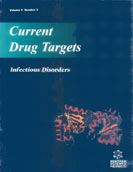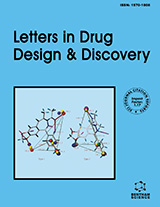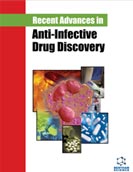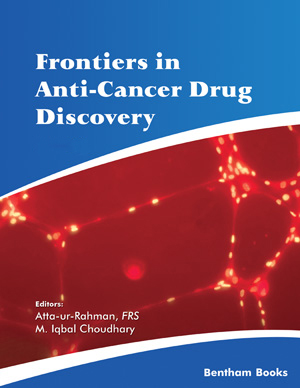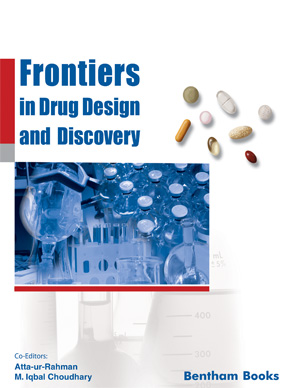Abstract
The incidence of allergic diseases has dramatically increased in recent decades, and it is socially and medically important to establish more useful strategies to overcome allergic disorders. Various kinds of drugs are utilized for allergic patients, however, some cases are unresponsive to these drugs and in others there are undesired adverse effects. On the other hand, a substantial body of evidence has accumulated pointing to the pivotal role of Th2-cytokines, interleukin (IL)-4, and IL-13, in the pathogenesis of bronchial asthma. The evidence is categorized as (1) expression of these cytokines in the bronchial lesions, (2) genetic association of the signaling molecules of these cytokines, (3) analyses of mouse models. In addition, the molecular mechanism of the signal transduction of these cytokines has also been well characterized. Based on such information, IL-4 and IL-13 have emerged as promising means of improving allergic states, and several IL-4 / IL-13 antagonists have been developed, among which soluble IL-4 receptor is now in human trials. Identifying the structure of the IL-13 variant and of the IL-4 / IL-13-inducing genes would be of great use. It is expected that in the near future, several drugs will emerge based on these strategies, which will give us wider choice in treating patients, depending on the pathogenesis of the diseases.
Keywords: IL-4 receptor, allergic disease, bronchial asthma, soluble IL-4 receptor, soluble IL-13 receptor
Current Drug Targets - Inflammation & Allergy
Title: IL-4 and IL-13: Their Pathological Roles in Allergic Diseases and their Potential in Developing New Therapies
Volume: 1 Issue: 3
Author(s): K. Izuhara, K. Arima and S. Yasunaga
Affiliation:
Keywords: IL-4 receptor, allergic disease, bronchial asthma, soluble IL-4 receptor, soluble IL-13 receptor
Abstract: The incidence of allergic diseases has dramatically increased in recent decades, and it is socially and medically important to establish more useful strategies to overcome allergic disorders. Various kinds of drugs are utilized for allergic patients, however, some cases are unresponsive to these drugs and in others there are undesired adverse effects. On the other hand, a substantial body of evidence has accumulated pointing to the pivotal role of Th2-cytokines, interleukin (IL)-4, and IL-13, in the pathogenesis of bronchial asthma. The evidence is categorized as (1) expression of these cytokines in the bronchial lesions, (2) genetic association of the signaling molecules of these cytokines, (3) analyses of mouse models. In addition, the molecular mechanism of the signal transduction of these cytokines has also been well characterized. Based on such information, IL-4 and IL-13 have emerged as promising means of improving allergic states, and several IL-4 / IL-13 antagonists have been developed, among which soluble IL-4 receptor is now in human trials. Identifying the structure of the IL-13 variant and of the IL-4 / IL-13-inducing genes would be of great use. It is expected that in the near future, several drugs will emerge based on these strategies, which will give us wider choice in treating patients, depending on the pathogenesis of the diseases.
Export Options
About this article
Cite this article as:
Izuhara K., Arima K. and Yasunaga S., IL-4 and IL-13: Their Pathological Roles in Allergic Diseases and their Potential in Developing New Therapies, Current Drug Targets - Inflammation & Allergy 2002; 1 (3) . https://dx.doi.org/10.2174/1568010023344661
| DOI https://dx.doi.org/10.2174/1568010023344661 |
Print ISSN 1568-010X |
| Publisher Name Bentham Science Publisher |
Online ISSN 1568-010X |
 11
11Related Articles
-
Patent Selections
Recent Patents on Biotechnology Recent Advances in Oral Pulsatile Drug Delivery
Recent Patents on Drug Delivery & Formulation Neuro-Inflammatory Mechanisms in Developmental Disorders Associated with Intellectual Disability and Autism Spectrum Disorder: A Neuro- Immune Perspective
CNS & Neurological Disorders - Drug Targets Effect of Early Treatment of Newborns by Peroral Colonization Using Non-pathogenic E. coli on the Development of Their Immuno- allergic System
Clinical Anti-Inflammatory & Anti-Allergy Drugs (Discontinued) A Novel Oral Glutarimide Derivative XC8 Suppresses Sephadex-Induced Lung Inflammation in Rats and Ovalbumin-induced Acute and Chronic Asthma in Guinea Pigs
Current Pharmaceutical Biotechnology Therapeutic Use of Heat Shock Protein 70
Recent Patents on DNA & Gene Sequences Insights Into Nicotinic Receptor Signaling in Nicotine Addiction: Implications for Prevention and Treatment
Current Neuropharmacology Mushroom Cultivation, Processing and Value-added Products: A Patent Based Review
Recent Patents on Food, Nutrition & Agriculture Primary and Secondary Insomnia: Prevalence, Causes and Current Therapeutics
Current Medicinal Chemistry - Central Nervous System Agents Management of Antineutrophil Cytoplasmic Antibody Associated Vasculitis
Current Immunology Reviews (Discontinued) Pharmacological Perspectives of Ayurvedic Herbs <i>viz. Alstonia scholaris</i> L., <i>Picrorhiza kurroa, Swertia chirata</i> and <i>Caesalpinia crista</i> Against COVID- 19: A Mini-Review
Mini-Reviews in Organic Chemistry Microbiota Regulation of Inflammatory Bowel Disease
Inflammation & Allergy - Drug Targets (Discontinued) Vitamin D and Acute Respiratory Tract Infection
Current Respiratory Medicine Reviews Small Molecule Antagonists of Chemokine Receptors - is Promiscuity a Virtue?
Current Topics in Medicinal Chemistry Investigating the Associations between Mediterranean Diet, Physical Activity and Living Environment with Childhood Asthma using Path Analysis
Endocrine, Metabolic & Immune Disorders - Drug Targets Novel, Acidic CCR2 Receptor Antagonists: Lead Optimization
Letters in Drug Design & Discovery Allergoids for Allergy Treatment
Recent Patents on Inflammation & Allergy Drug Discovery New Suggestions in Sublingual Immunotherapy for House Dust Mite- Related Allergic Diseases
Current Pharmaceutical Biotechnology Neuropeptides as Therapeutic Approach to Autoimmune Diseases
Current Pharmaceutical Design Natural Compounds Used as Therapies Targeting to Amyotrophic Lateral Sclerosis
Current Pharmaceutical Biotechnology


